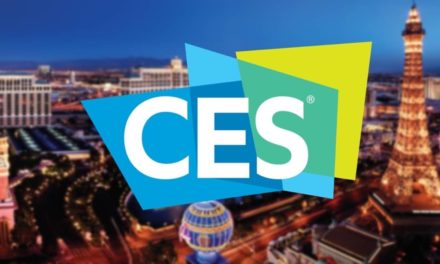1. What is a finance lease?
A finance lease can most easily be compared to a bank loan. With this type of leasing the leasing company or lender legally owns the asset. The beneficial ownership of the asset is with the user. The user also bears the risk of depreciation. The duration of the lease is almost always to the same as the useful life of the asset. The lease amount consists of interest and a repayment component. At the end of the lease, a purchase option is included.
2. What is an operating lease?
An operating lease is the most traditional type of lease. In this case the leasing company or lender owns the asset and is usually also responsible for services. They also bear the risk of depreciation. The user does not have to worry and just pays for the usage. The duration of the lease is always shorter than the useful life of the asset. At the end of the lease the asset has to be returned to the leasing company or lender. There is no purchase option.
3. What is the difference between a finance lease and an operating lease?
The main difference between a finance and an operational lease concerns the beneficial ownership and associated depreciation. In the case of a finance lease it’s with the user whereas with an operating lease it’s with the leasing organisation. With a finance lease, the emphasis is on funding, whereas with an operating lease, it’s on the use. An operating lease, in contrast to a finance lease, has no purchase option.
4. What are the advantages of an operating lease?
There are both financial and operational benefits associated with an operating lease. The main advantage is that the capital remains available for the core business. The lease can also be performed ‘off-balance sheet’, which leads to an improvement of some financial ratios and the organisation is not obliged to follow the tax depreciation period. Furthermore, a number of administrative and logistical tasks are handled for the user.
5. What kind of equipment can be leased?
Besides vehicle fleets and photocopiers, a whole range of other equipment can be leased nowadays. Good examples are ICT equipment (networks, servers, PCs, laptops, tablets, etc.), POS systems and PIN equipment for retail, digital signage (LCD and LED screens), modern equipment for patient care, like bedside terminals and touch screens / digital whiteboards for the educational market. With the arrival of ‘The Internet of Things’ in our ‘connected world,’ the examples are inexhaustible.



















Very informative post. Those 5 most frequently asked questions about leasing is really helpful for business owners. Leasing really has lots of benefits.